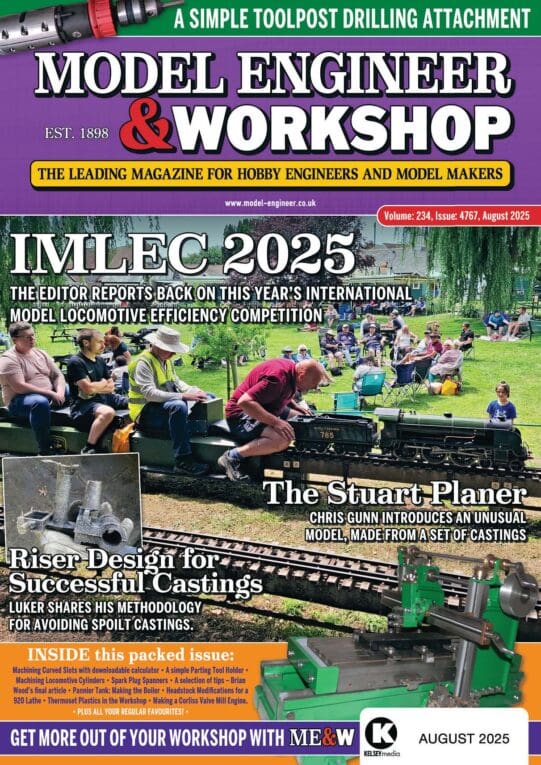Gas turbine fuel in I C Es can cause problems.
Normally it is difficult to feed through a carburettor, without a lot of heat input to vaporise it.
As used in Petrol / TVO tractors. Start on Petrol, to use the exhaust heat to warm the vaporiser, before changing over toTVO. The charge heating reduces power.
Fed thriugh a fuel injection system into a compression ignition engine, the lack of lubricity compared to gas oil, causes wear of pumping plungers and injector needles.
Airport Gensets do run on Avtur, but not without causing problems for the engine and FIE makers, in terms of wear and power output
USA did try using coal slurry as a fuel(Since they have surplus stocks of coal after steam locomotives went out of service) but it was too abrasive.
At one time, Air Blast injection of coal dust was tried as a fuel for large marine engines; but again, the problem was abrasion of the fuel supply components, and of cylinder components.
One use for kerosene type fuels, in the marine sector, was as a boiler fuel, so that the steam generated could be used in turbines to power a generator, so that the propellor was actually rotated by an electric motor. ESSO had at least one tanker operating in this way. A friend was the Chief Engineer on it.
The UK had some Navy vessels that were gas turbine powered. A good application, since rapid changes in turbine operating speed were unlikely.
Howard
Nick Clarke 3.





